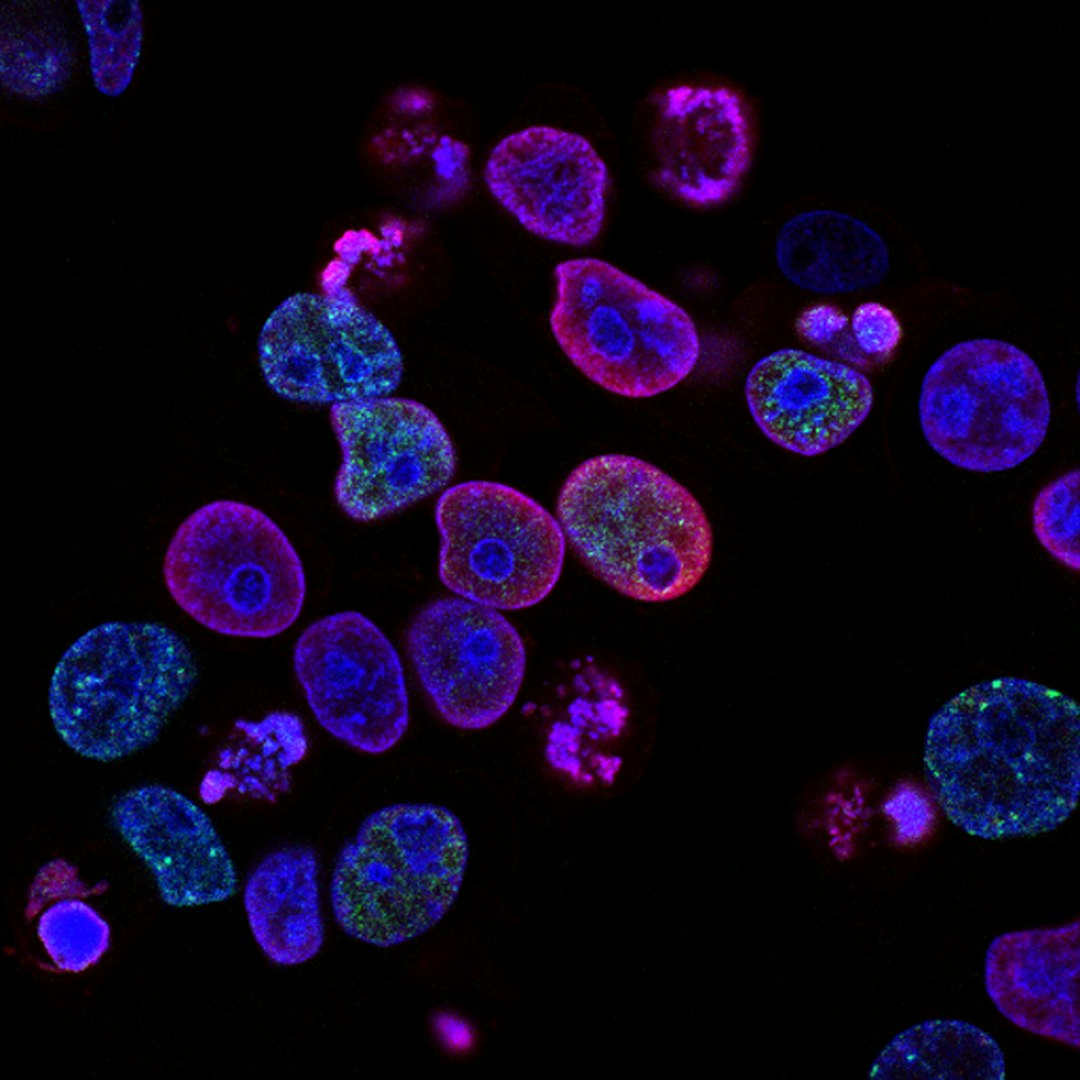The Role of Technology in Sustainable Development and Environmental Conservation
In this age of rapid technological advancements, it is increasingly important to harness the power of technology to address the pressing issues of sustainable development and environmental conservation. As the world faces challenges such as climate change, deforestation, and resource depletion, it is crucial to find innovative solutions that can help us create a sustainable future for generations to come. Technology has the potential to play a transformative role in achieving these goals.
One area where technology has already made significant contributions is renewable energy. Traditional sources of energy, such as fossil fuels, contribute to greenhouse gas emissions and the depletion of finite resources. However, with the advancements in solar, wind, and hydroelectric technologies, we have been able to harness clean and renewable sources of energy. Solar panels have become more affordable and efficient, enabling individuals and businesses to generate their own electricity. Wind farms are being built across the globe, producing clean energy without polluting the environment. Hydroelectric power, generated by the force of flowing water, offers a sustainable option for electrical generation. These technologies not only reduce our reliance on fossil fuels but also help combat the adverse effects of climate change.
Technological innovations have also revolutionized the way we monitor and conserve natural resources. For instance, the Internet of Things (IoT) allows us to gather real-time data on the environmental conditions of our planet. This data helps scientists and policymakers make informed decisions regarding conservation efforts. Sensors can be deployed in forests to track deforestation rates and detect illegal logging activities. Water sensors can monitor the quality of rivers and lakes, alerting authorities to any contamination or ecological disturbances. Drones equipped with cameras and thermal sensors can be used to monitor wildlife populations and their habitats. These advances enable us to better understand the natural world and take appropriate measures to protect it.
Furthermore, technology is instrumental in raising awareness and educating the public about the importance of sustainability and environmental conservation. Social media platforms provide a powerful tool for sharing information and mobilizing communities. Environmental organizations and activists can use these platforms to engage with a global audience and advocate for policy changes. Virtual reality (VR) and augmented reality (AR) technologies can also help to raise environmental awareness by immersing individuals in virtual simulations of ecosystems. Through these immersive experiences, people can gain a deeper understanding of the interconnectedness of nature and the impact of their actions.
However, while technology has immense potential, it is not a panacea for all environmental challenges. It is important to consider the potential drawbacks and unintended consequences that technology can have. For example, the production and disposal of electronic devices contribute to electronic waste, which poses significant environmental and health risks. Additionally, the reliance on technology may inadvertently lead to a disconnect from nature, whereby individuals no longer feel the need for direct engagement with the environment.
In conclusion, technology has the power to drive sustainable development and environmental conservation. From renewable energy sources to IoT-enabled monitoring systems, these innovations offer solutions to combat climate change, protect ecosystems, and inspire individuals to take action. However, it is crucial to strike a balance between technological advancements and sustainable practices, ensuring that our reliance on technology does not come at the expense of our natural environment. By harnessing the potential of technology while considering its limitations, we can pave the way for a greener and more sustainable future.









